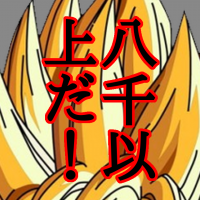Tin nhắn: 6
Nội dung: English
sebsou (Xem thông tin cá nhân) 18:09:52 Ngày 17 tháng 5 năm 2017
Hi,
I have begun esperanto yesterday, and yet I have two questions:
First, i want to be sure about the facts that esperanto gives several names for only one entity.
For exemple, apple tree can be translate to pomarbo or pomujo. So esperantan give world to an objet no in fonction of his ethymological origin but by his definition, which can be change. Is it true ?
Secondly I would to know how cummulate terminations, for exemple how to say waitress, with the combination of -in- and -ist- ?
sergejm (Xem thông tin cá nhân) 19:42:14 Ngày 17 tháng 5 năm 2017
In other cases they can form Esperanto word uzing Esperanto root and suffixes or uzing international word adding Esperanto ending, such as -o.
waitress = kelnerino. Suffix -ist- is not used here.
Suffix -ist- is added before -in-: kuiristino (female cook)
-in- is added before -et-: knabineto (little girl)
david_uk (Xem thông tin cá nhân) 10:08:46 Ngày 18 tháng 5 năm 2017
Using -ujo for pomujo to mean an apple tree is obsolete.
-ujo means a containter, so pomujo could be a barrel or basket of apples. But is is not a good way to refer to a tree.
sudanglo (Xem thông tin cá nhân) 11:10:51 Ngày 18 tháng 5 năm 2017
However many Esperantists would still prefer to say Anglujo, Francujo rather than Anglio, Francio
sebsou (Xem thông tin cá nhân) 16:38:30 Ngày 18 tháng 5 năm 2017

nornen (Xem thông tin cá nhân) 20:26:39 Ngày 18 tháng 5 năm 2017
Let's say a "ĉevalisto" is a person who works with horses, professionally or other, no matter whether he is a horse breeder, a horse racer or a horse wisperer.
Now if this person is female, you can call her a "ĉevalistino".
If this person only works with mares and never with stallions or geldings, you can call him a "ĉevalinisto".
If this person only works with mares and is female, you can call her a "ĉevalinistino".

